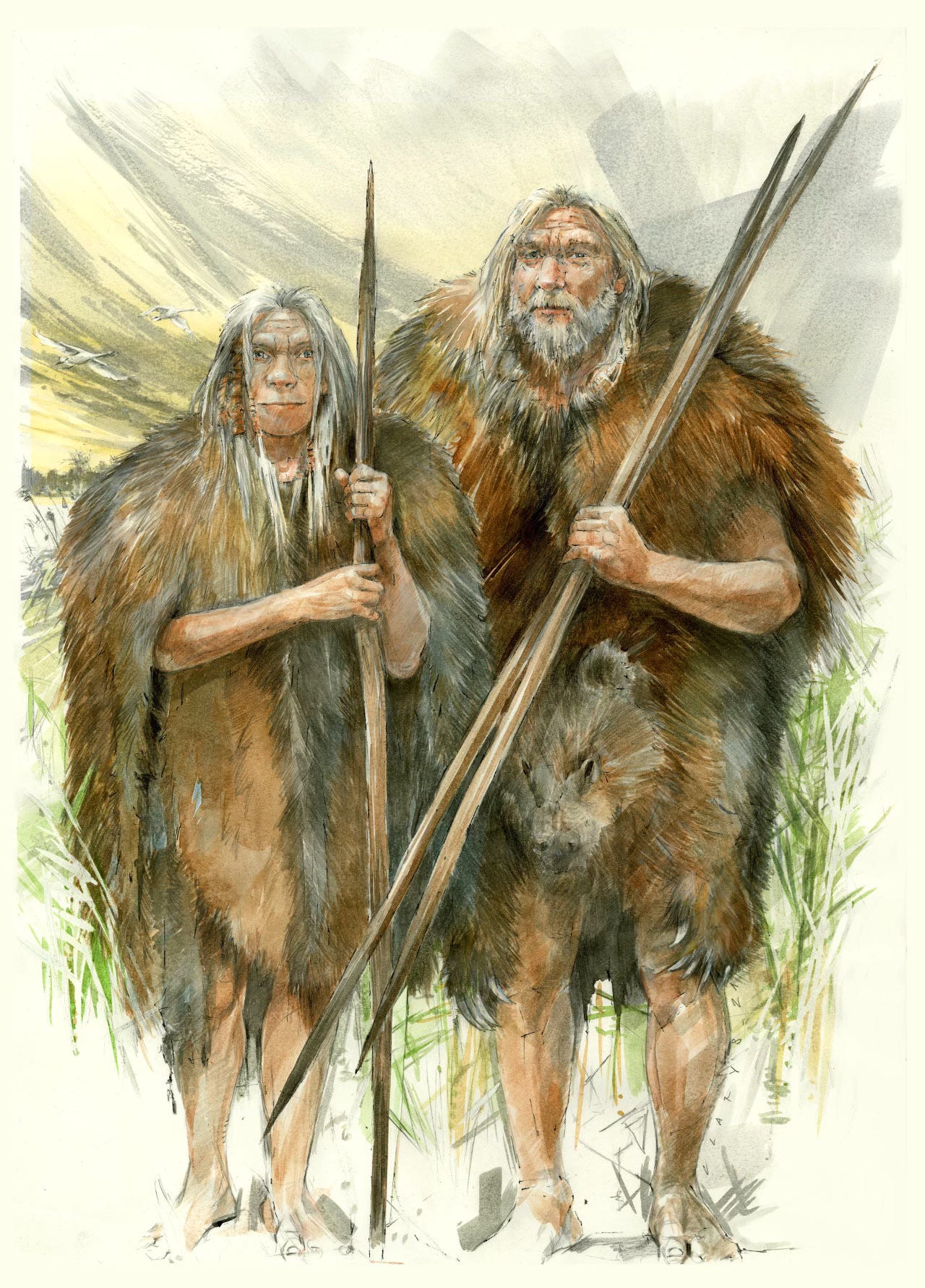Unveiling the Culinary Diversity of Middle Paleolithic Diets
Middle Paleolithic Human Diet was More Diverse than Previously Thought
Archaeologists from the Senckenberg Centre for Human Evolution and Palaeoenvironment at the University of Tübingen have unearthed compelling evidence that challenges established notions about the dietary habits of ancient humans. Their meticulous analysis of animal remains from Ghar-e Boof, a Middle Paleolithic site in Iran, provides intriguing insights into the diverse diet of our ancient ancestors, unveiling a hitherto overlooked facet of their subsistence strategies.
Beyond the Expected: A Varied Diet Palette
Lead author Mario Mata-González and colleagues delved into the Middle Paleolithic period, between 81,000 to 45,000 years ago, seeking to unravel the dietary preferences of early hominins. While prevailing studies suggested that ungulates predominantly constituted their diet, the findings from Ghar-e Boof unveil a more diverse menu for our ancestors.
Keep reading with a 7-day free trial
Subscribe to Anthropology.net to keep reading this post and get 7 days of free access to the full post archives.

